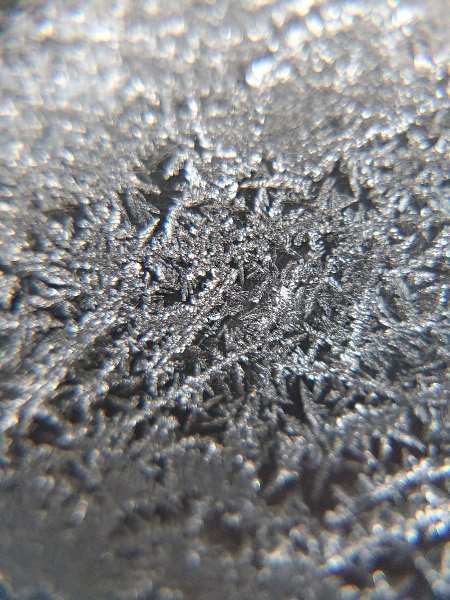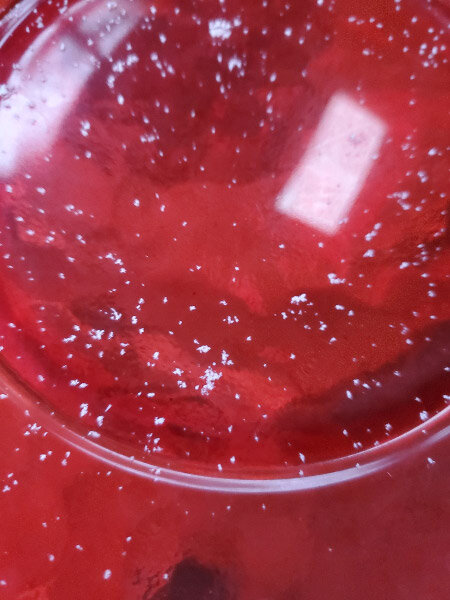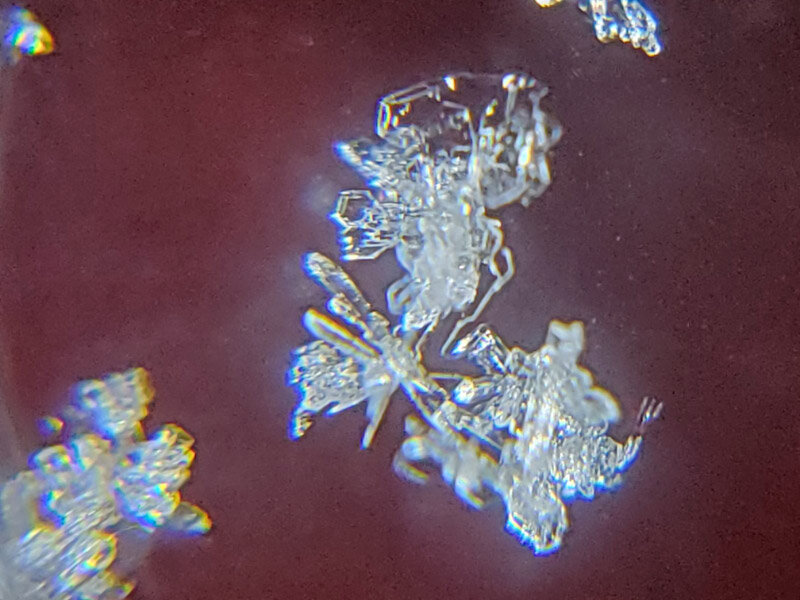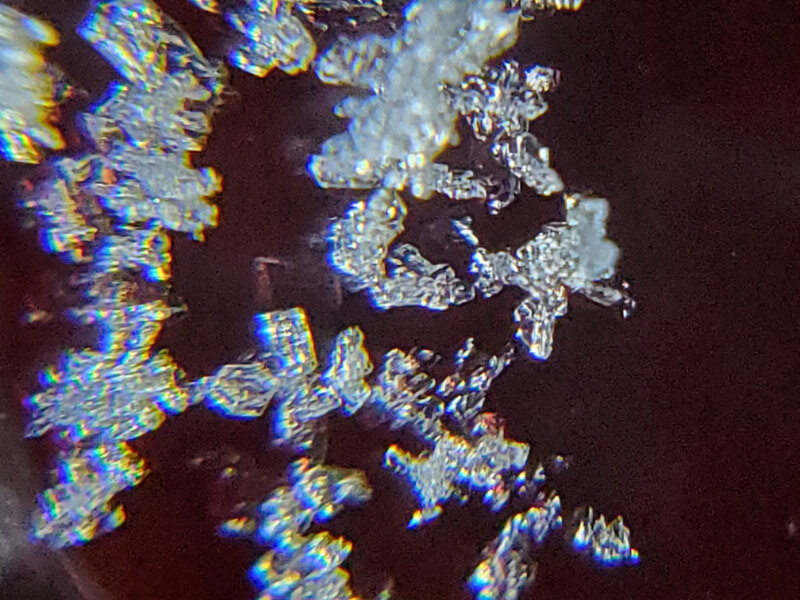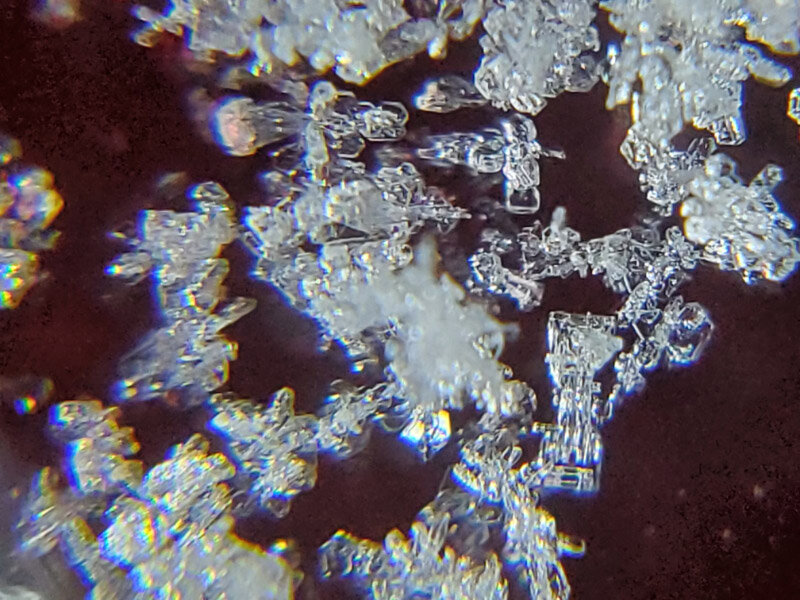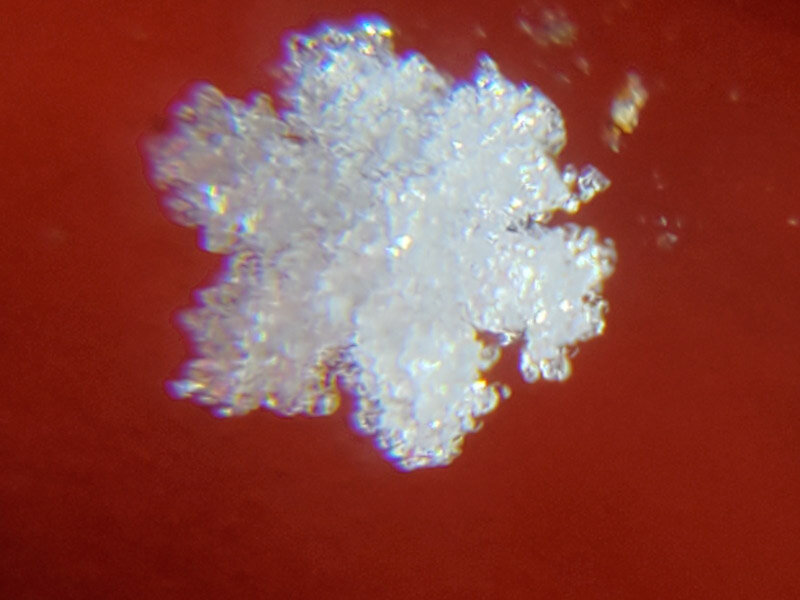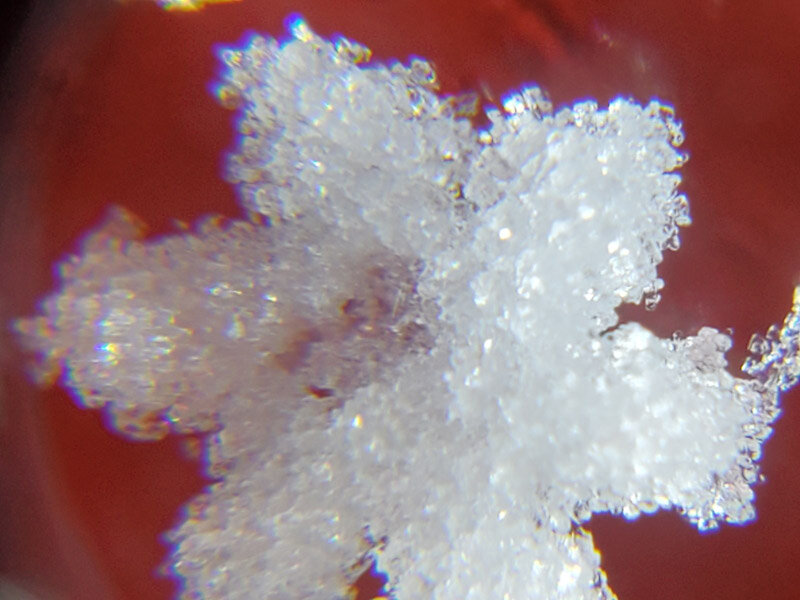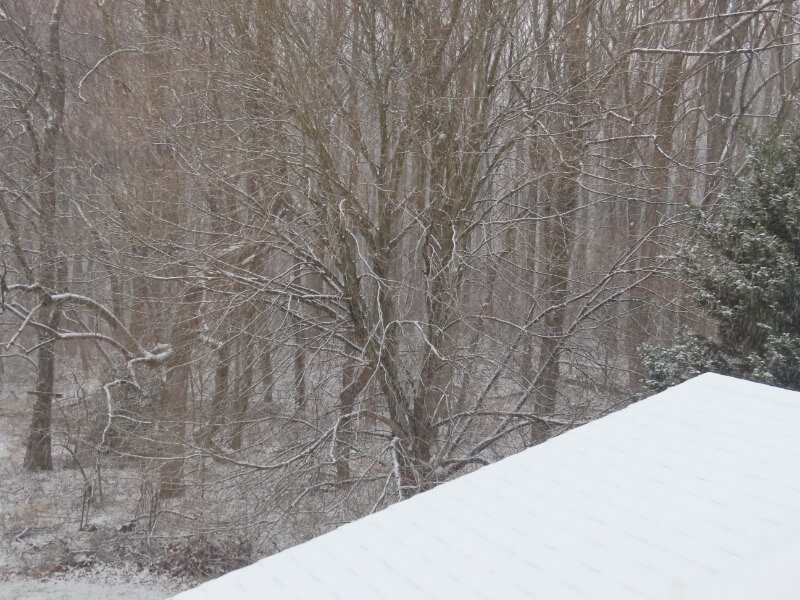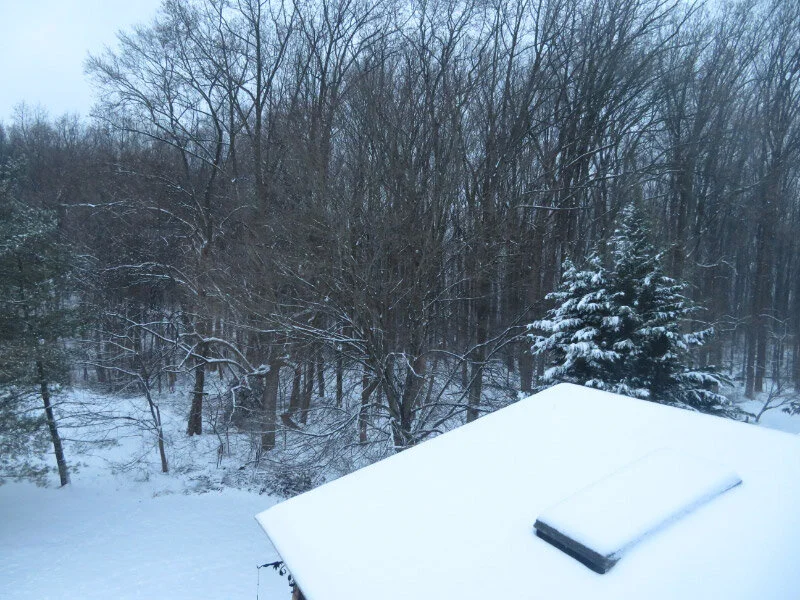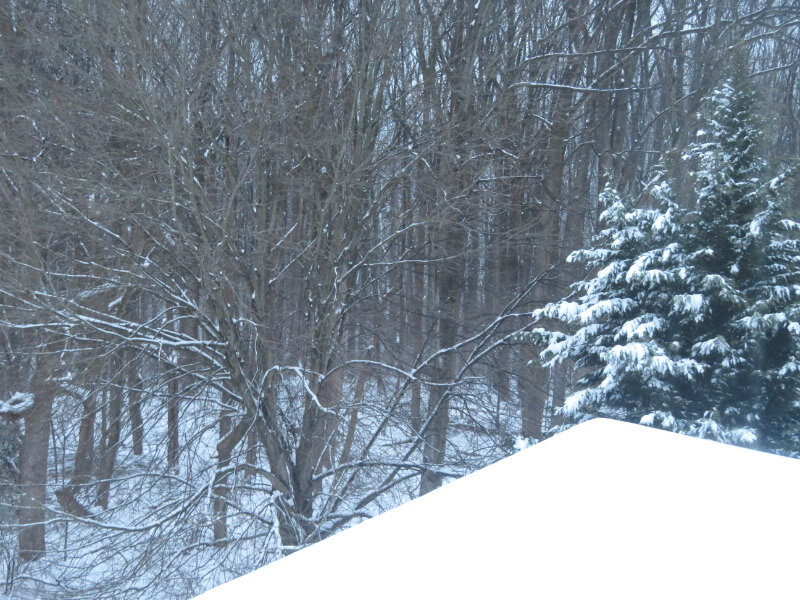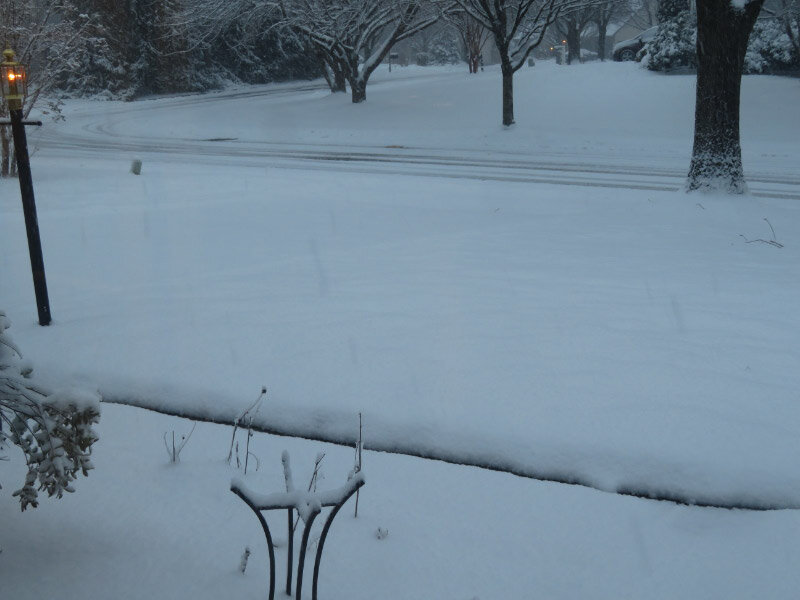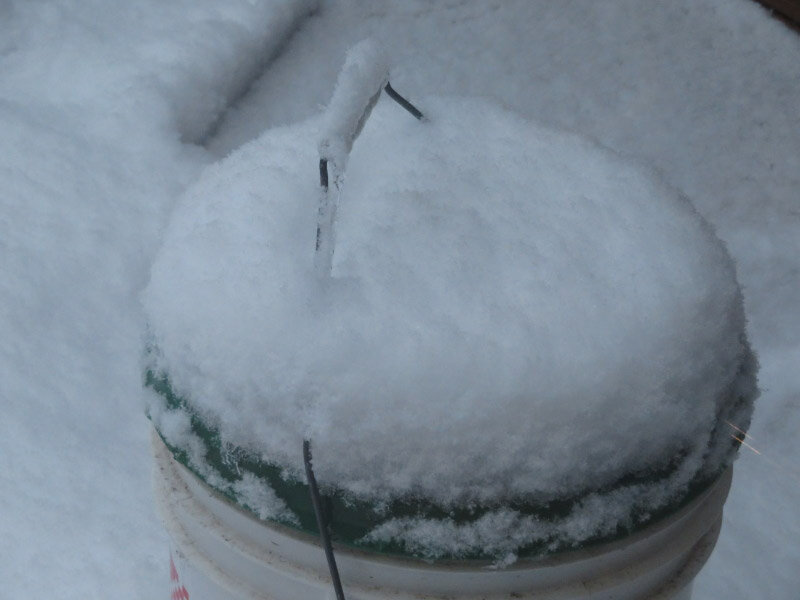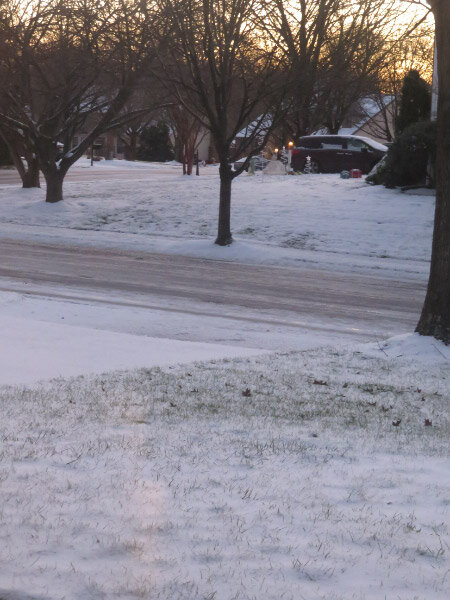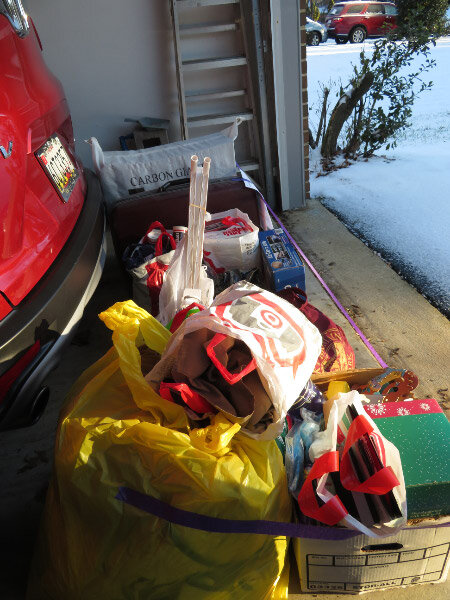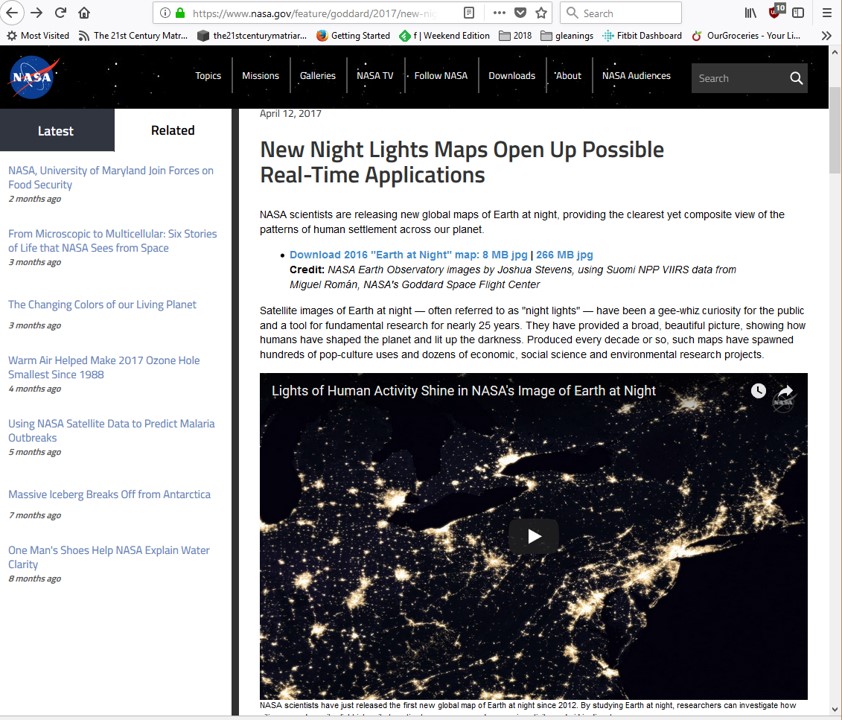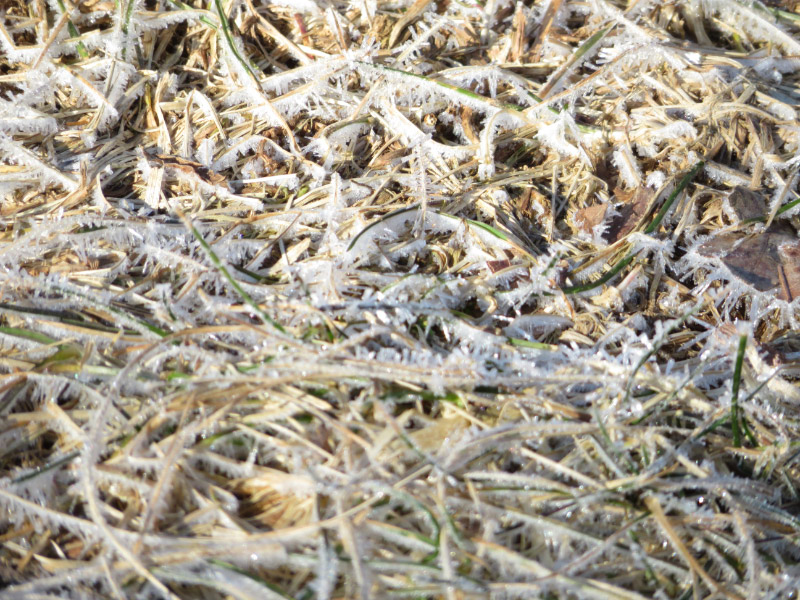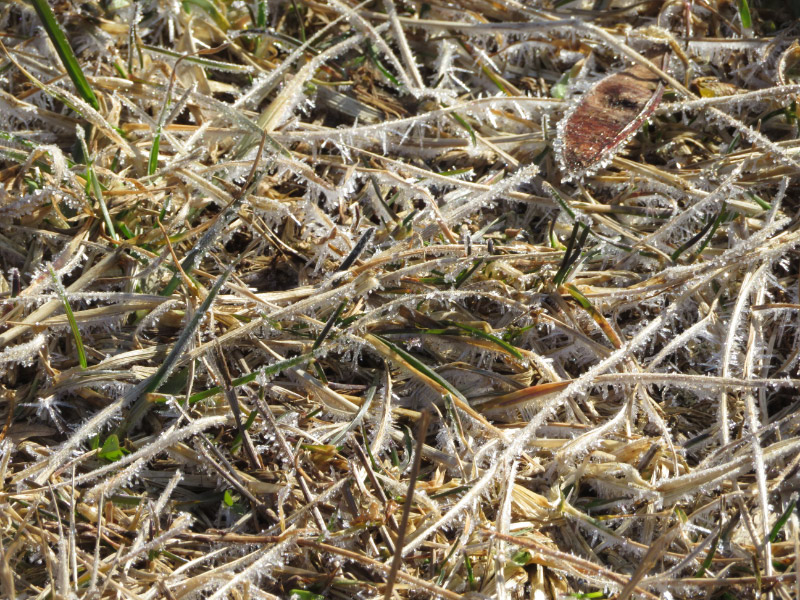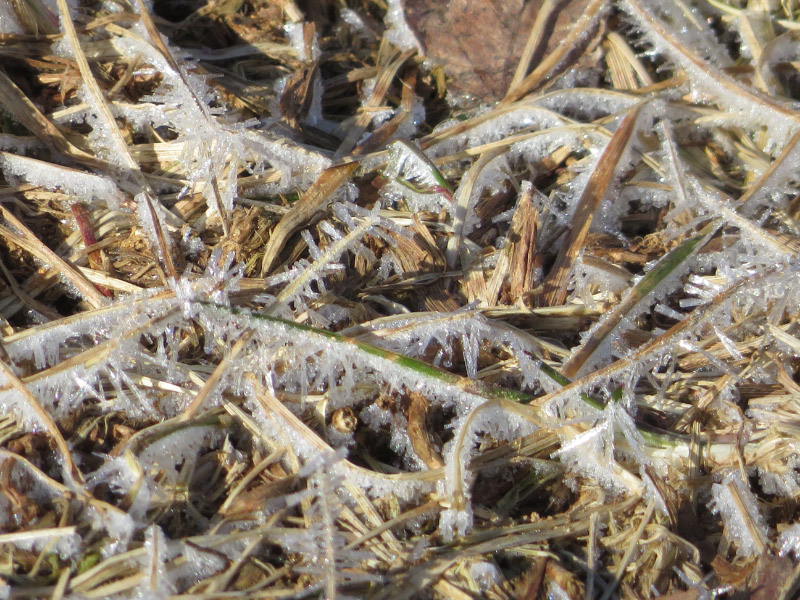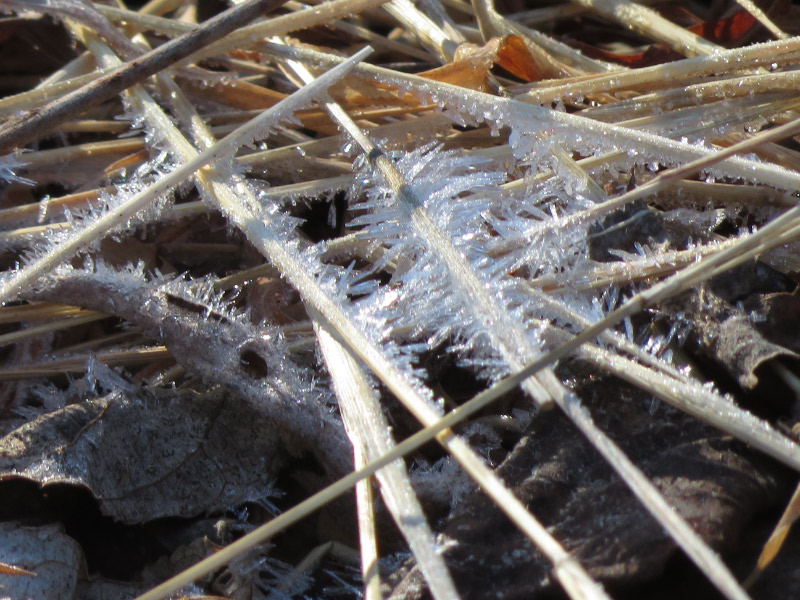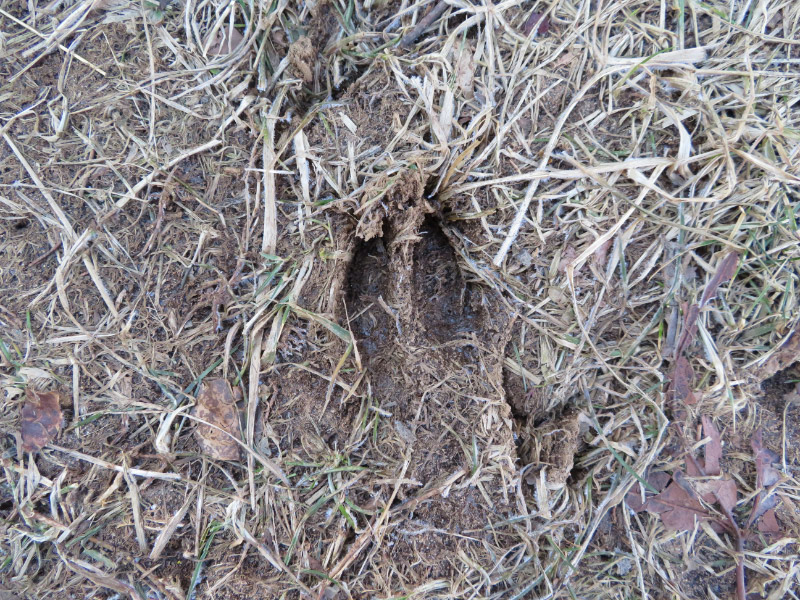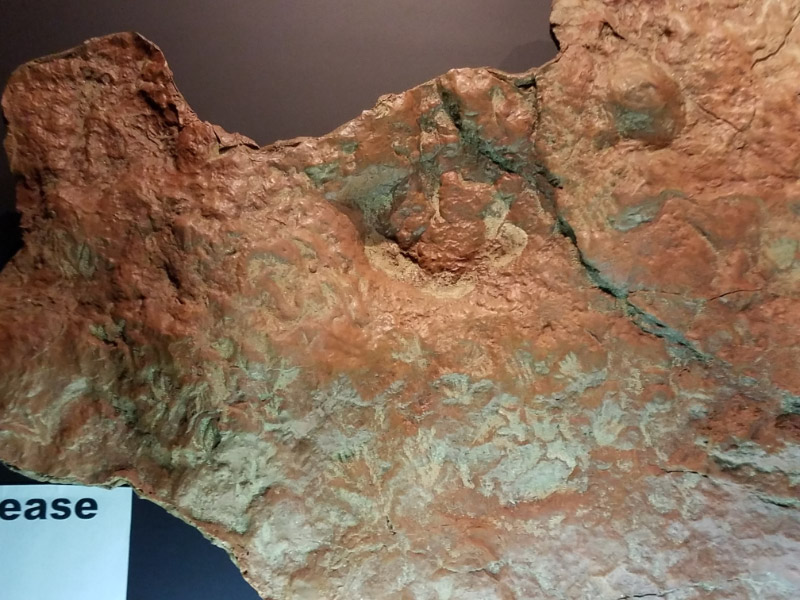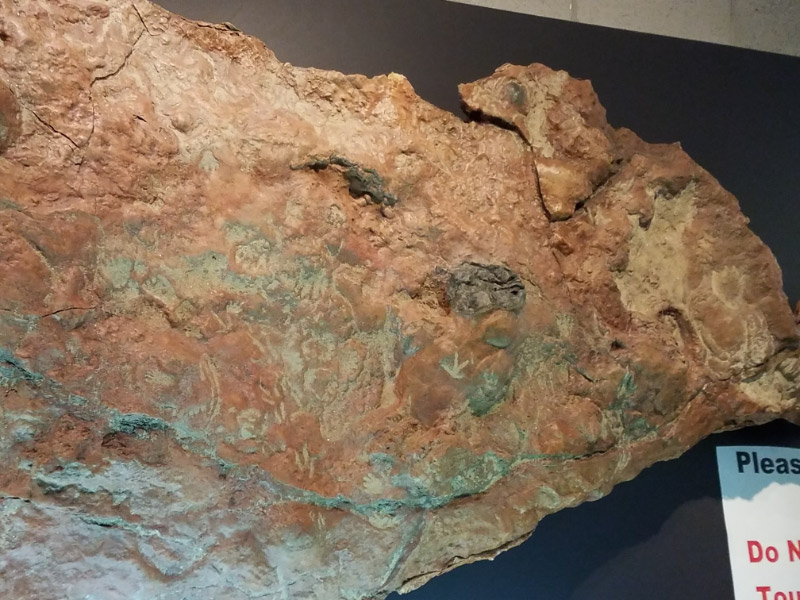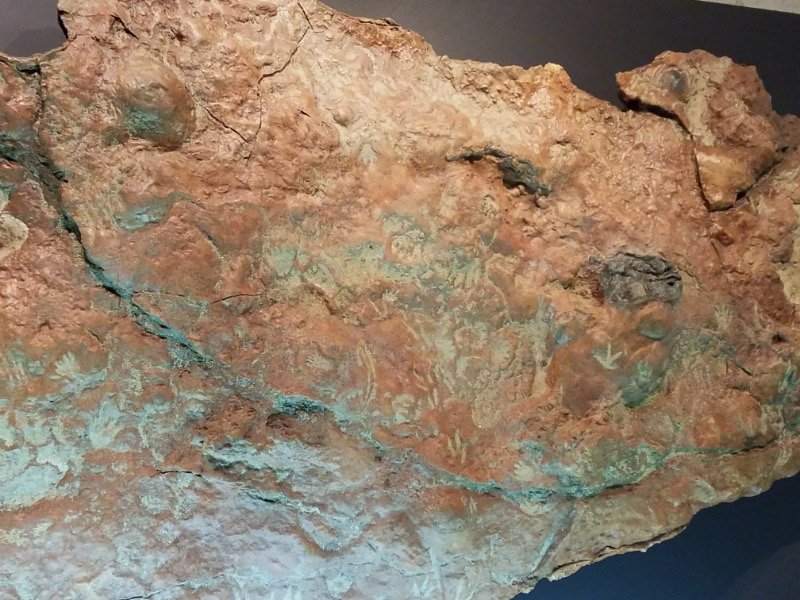A Winter Hike at Mt. Pleasant (1)
/Last week I hiked at Howard Country Conservancy’s Mt. Pleasant on a sunny, cold morning with snow still on the ground in many places. The group I was with started out beside the Community Garden then then took the path toward Hodge Podge Lodge. Since I was with a group….I only had time for short stops for photography.
I stopped on the bridge just after Hodge Podge Lodge to take some pictures of ice crystals at the edge of the frozen stream.
A little further along – it seemed like there was more snow on the ground and I turned back to photograph Hodge Podge Lodge on the other side of the stream and through the trees.
One of the plants I always look for this time of year is skunk cabbage. They were not as visible as in most recent mid-Februarys because we’ve been having some colder days recently. There were a visible and I’m sure there were more if I’d had time to look more thoroughly. I’ll go again to spend more time…try to photograph one that is blooming.
It’s easy to see irregularities in bark and hollows in the winter. I wondered if this tree was still alive…will remember look in the spring to see if it turns green with the rest of the forest.
There were several logs with turkey tail (shelf fungus) on them…and there was snow caught in the turkey tails.
Someone had left a handprint (no thumb) in the snow on one of the trailside benches.
We hiked to the champion Tulip Poplar at the edge of the Mt. Pleasant property. There is a housing development happening on the other side of the property line that may be problematic for the tree.
I took pictures of the bark – lots of holes and old wounds – and a large hollow (evidently black vultures have been seen entering/leaving the hole!).
I’ll post more tomorrow with macro photography I did after the hike – back at the nature center.




















